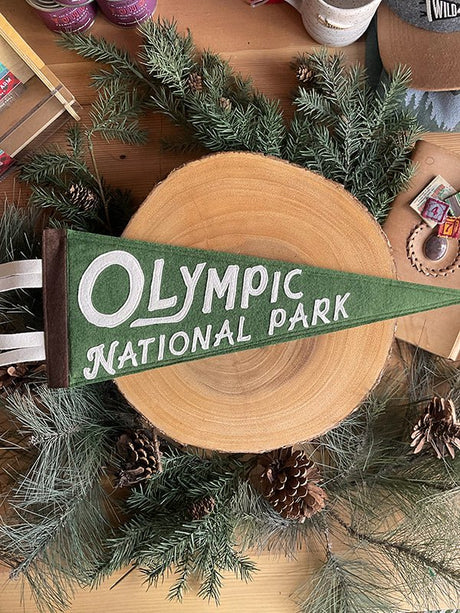If you’ve ever pulled into a National Park visitor center and marveled at its clean, low-slung lines, big glass windows, and modern feel—even though it’s clearly not brand new—you might just be looking at a piece of Mission 66 history.
Mission 66 was a bold, decade-long initiative launched in 1956, designed to revitalize and modernize America's National Parks in time for the National Park Service’s 50th anniversary in 1966. And while it may not be a household name today, Mission 66 quietly reshaped the park experience we know and love.
Why Mission 66 Mattered
After World War II, visitation to National Parks skyrocketed. Americans were hitting the road in record numbers, thanks to improved highways, more leisure time, and a growing love for the outdoors. But the parks were struggling. Facilities were outdated, roads were overwhelmed, and rangers were stretched thin.
Enter Mission 66—a sweeping response to decades of underfunding and overuse.
With Congressional support and a forward-looking vision, the National Park Service launched a ten-year plan to modernize infrastructure, improve visitor services, and expand park access—all while preserving the landscapes that made these places special in the first place.
What Came Out of It

Mission 66 wasn’t just about sprucing up a few campgrounds. It was a revolution in design, function, and philosophy:
- Visitor Centers became central hubs for interpretation and orientation. These weren’t just places to grab a map—they introduced a new way to interact with the parks through films, exhibits, and ranger talks. Many featured Mid-Century Modern architecture that reflected the era's optimism and practicality.
- Roads, trails, and campgrounds were expanded or rebuilt to handle more cars and people, making the parks more accessible than ever before.
- Housing and support facilities for park staff were updated—often a necessity in remote or rugged areas where rangers lived on site.
- New parks were added, thanks to increased funding and attention. This era helped pave the way for sites that preserved everything from urban history to desert ecology.
Spotting Mission 66 Today
Mission 66 buildings are all around us, even if they don’t get the same fanfare as historic lodges or rustic CCC cabins. Look for:
- Flat roofs and glass-heavy facades
- Circular or angular visitor center designs
- Panoramic windows designed to frame scenic views
- Simple materials like concrete, stone, and wood used in elegant, functional ways
Some standout examples include:
- Beaver Meadows Visitor Center at Rocky Mountain National Park (designed with input from the same firm behind Disneyland!)
- Grand Canyon's Desert View Visitor Center
- Hurricane Ridge Visitor Center in Olympic National Park
And yes, while some of these buildings are now aging themselves, many have become treasured pieces of architectural and park history.
Why It Still Matters

Mission 66 is a reminder that the parks are not frozen in time. They evolve with the nation, responding to new challenges while holding fast to the values of preservation and public enjoyment.
As we look ahead to the National Park Service's second century, the lessons of Mission 66—investment, innovation, and a belief in public lands as national treasures—feel as relevant as ever.
So next time you step into a visitor center that feels like a throwback in all the best ways, take a moment to appreciate the Mission 66 legacy. It's a quiet revolution that helped shape the modern National Park experience.
Want to Learn More?
The National Park Service’s Mission 66 digital exhibit is a fantastic deep dive with photos, stories, and insider context.
Have You Visited a Mission 66 Visitor Center?
Share your story with us—we’d love to hear which parks left a mid-century mark on your adventure.










